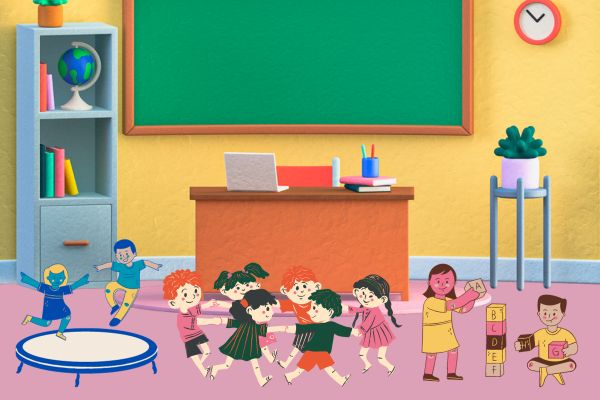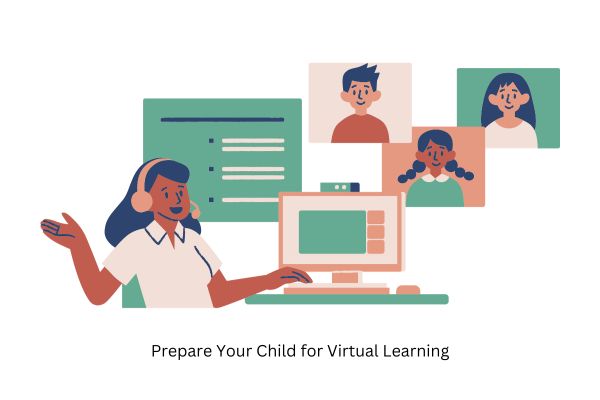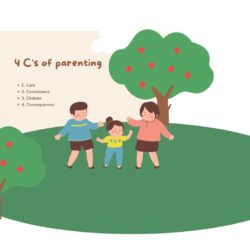Imagine a classroom where children don’t have to sit at desks and complete worksheets. Instead, they have access to blocks, costumes, and other materials that encourage creativity and imagination. This is the beauty of play-based learning in prekindergarten education. Play is the natural language of early childhood that helps children explore, experiment, and make sense of the world around them. It’s not just about having fun; it also helps children develop cognitive, social, emotional, and physical skills that support their lifelong success.
There are many benefits to play-based learning in prekindergarten

- Cognitive Development: Play sparks a child’s natural curiosity and encourages exploration. Building with blocks teaches spatial reasoning, and imaginative play fosters storytelling skills. These experiences help to build neural pathways in the brain that support future learning.
- Social and Emotional Development: Play provides a safe environment for children to practice social skills like cooperation, communication, and empathy. Through pretend play, children learn to navigate different roles, resolve conflicts, and build friendships. These skills are essential for emotional intelligence and healthy relationships throughout life.
- Physical Development: Play gets children moving! Running, jumping, climbing, and dancing develop gross motor skills. Activities like threading beads and building puzzles hone fine motor skills. Play also contributes to healthy sensory development and body awareness.
- Language Development: Play is an excellent way for children to learn language. Singing songs, reciting rhymes, and engaging in pretend conversations expand vocabulary and build fluency. As children narrate their play experiences, they learn storytelling techniques and communication skills.
Implementing Play-Based Learning
To create a play-based prekindergarten classroom, we need to use simple materials and encourage a child-led approach to learning. Here are some key principles:

- Provide Open-Ended Materials: Blocks, scarves, play dough, and natural materials allow children to take the lead and invent their own games.
- Create Playful Environments: Designated areas for block building, dramatic play, art, and sensory exploration invite children to engage in different types of play.
- Embrace the Mess: Play can be messy! Sandpits, water play areas, and art projects allow for sensory exploration and experimentation.
- Follow the Child’s Lead: Adults play a crucial role in facilitating play, but it’s essential to observe and follow the child’s interests. Ask open-ended questions, provide gentle guidance, and join in the play when invited.
- Document and Reflect: Taking pictures and videos of children at play provides valuable insights into their learning and development. Observing and reflecting on these experiences helps educators tailor their approach and support each child’s individual needs.
Also check: Encourage a love for reading in your child
Final Words
Play-based learning empowers prekindergartners to become confident, creative, and lifelong learners. Every child can develop their full potential by providing a nurturing environment that sparks curiosity, encourages exploration, and celebrates the joy of learning.





